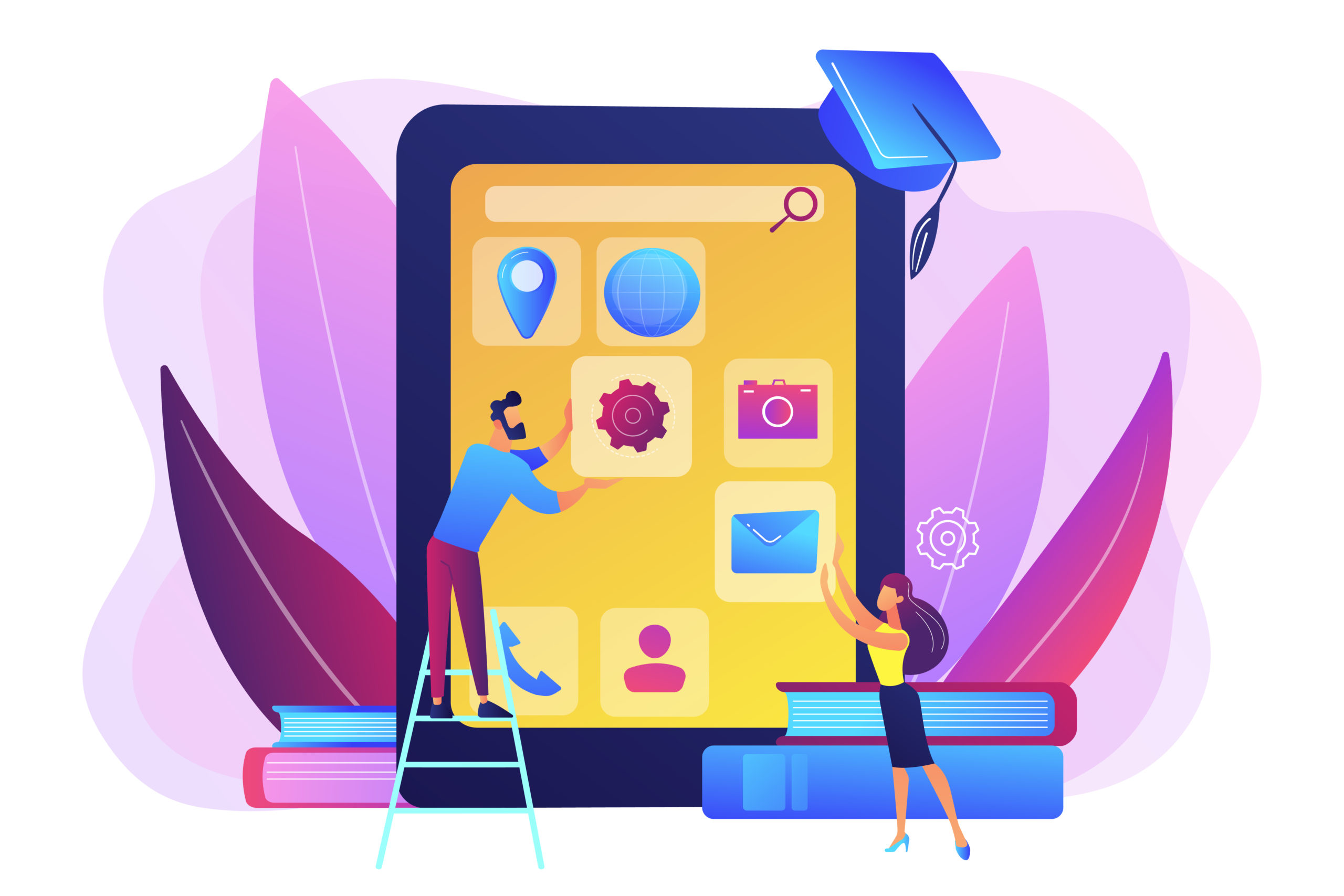Maximizing Educational Potential: Integrating an Education Management System with Other Educational Tools and Platforms

Introduction
In the fast-paced world of education, where technology is a driving force, integration has become the buzzword. An Education Management System (EMS) is no longer a standalone solution but a cornerstone for an interconnected educational ecosystem. This blog explores the significance of integrating an EMS with other educational tools and platforms, highlighting the benefits and real-world examples.
The Power of Integration
An EMS is designed to streamline administrative tasks, manage student data, and facilitate communication between stakeholders. However, its true potential is unlocked when it seamlessly integrates with other educational tools and platforms. Here's why integration matters:
1. Efficiency:
Integration reduces redundancy and saves time. Data entered in one system can automatically populate others, reducing manual data entry errors.
2. Data-Driven Insights:
Integration allows for the collection and analysis of comprehensive data. This, in turn, enables educators to make informed decisions about curriculum, student progress, and resource allocation.
3. Enhanced Collaboration:
When different educational tools work together, collaboration among teachers, students, and parents becomes more efficient. This collaboration can extend to global partnerships, fostering a diverse learning environment.
4. Personalized Learning:
Integrated systems can provide personalized learning experiences by tracking individual student progress and adjusting content accordingly.
Integration in Action: Real-World Examples
Let's dive into some real-world examples that illustrate the power of integration:
1. Learning Management Systems (LMS):
An EMS can integrate with an LMS like Moodle or Canvas, providing a unified platform for managing curriculum and student performance. Teachers can seamlessly assign digital assignments, track student progress, and share resources.
2. Assessment and Analytics Tools:
Integration with assessment tools like Kahoot! or Quizlet enhances the evaluation process. Data from assessments can be fed back into the EMS, providing teachers with a holistic view of student performance.
3. Communication Platforms:
Integration with communication tools such as Microsoft Teams or Google Classroom ensures that important announcements and discussions are readily accessible within the EMS, keeping all stakeholders informed.
4. Library Management Systems:
An EMS can integrate with library management systems, allowing students to access digital resources and check out e-books directly from the platform.
5. Parent-Teacher Communication Apps:
Apps like Remind or ClassDojo can be integrated with the EMS, enabling real-time communication between parents and teachers, resulting in improved parental involvement.
6. Adaptive Learning Systems:
Integration with adaptive learning platforms like DreamBox or Knewton enables the creation of personalized learning paths for each student based on their performance.
Benefits of Integration
Now, let's explore the benefits of integrating an EMS with other educational tools and platforms:
1. Streamlined Workflows:
Integration reduces the need for manual data entry, saving time and reducing errors.
2. Improved Data Accessibility:
Stakeholders have access to a comprehensive view of student data, fostering data-driven decision-making.
3. Enhanced Engagement:
A diverse set of tools and platforms keeps students engaged by catering to different learning styles and preferences.
4. Effective Communication:
Integration promotes seamless communication between educators, students, and parents, ensuring everyone is on the same page.
5. Personalized Learning:
With data from various tools, educators can tailor instruction to meet the unique needs of each student.
Conclusion
Integration is the cornerstone of modern education. An EMS, when integrated with various educational tools and platforms, becomes a catalyst for change, driving efficiency, improving learning outcomes, and fostering collaboration. In an era where education transcends physical boundaries, the power of integration paves the way for a brighter future of learning. By embracing this interconnected approach, educational institutions can maximize their potential and provide students with a truly holistic educational experience.
You can consider starting from Flavor EMS and its comprehensive suite of modules, businesses can maximise the benefits of EMS, Improve efficiency, enhance customer experiences, and gain a competitive edge in the Singaporean market and start your journey towards total compliance with the PDPA. Contact us for a free demo.

